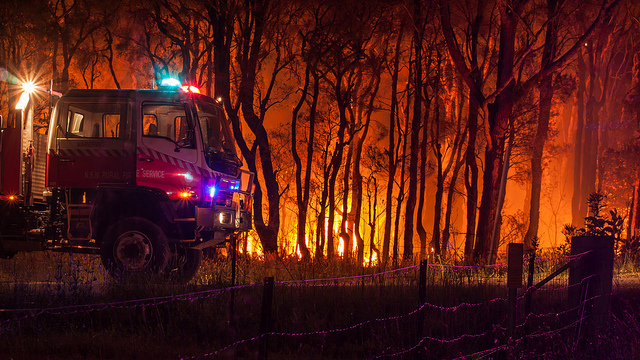Australian researchers from Sydney’s University of New South Wales (UNSW) are on the brink of an amazing discovery — explosives could be used to extinguish out-of-control bush-fires.

According to the news release by UNSW, the research is based on the process of using the sound-wave that is produced by a blast to blow out a candle.
Thanks to the funding from UNSW and an American Australian Association Fellowship, Dr Graham Doig of the School of Mechanical and Manufacturing Engineering, who is conducting the research, recently visited the Energetic Materials Research Testing Centre — a high-explosives and bomb test site in a remote part of New Mexico.
During his visit in the US, Dr Doig conducted further experiments of the technique to use blasts to extinguish fires, which is at times used on oil well blazes.
There, he was able to detonate an explosion inside a four-metre steel tube to produce a shockwave and rush of air aimed at a metre-high flame fuelled by a propane burner.
“The sudden change in pressure across the shockwave, and then the impulse of the airflow behind it pushed the flame straight off the fuel source. As soon as the flame doesn’t have access to fuel anymore, it stops burning,” explains Dr Doig.
“Fire is very fast moving if it gets up into the tree tops. If the fire is still smouldering or burning on the forest floor, it’s moving at a fraction of the speed, giving emergency services extra time to come in with water bombing or ground operations. We’re thinking of this as being a potential way to stop a fast uncontrolled fire in its tracks and give you a lot more time to get things under control or evacuate people that are downwind of the blaze.”
Dr Doig has spent four years researching the impact of shockwave interaction with flames, claiming that there is basis for further development. According to him, the concept could eventually be used to fight out-of-control fires all over the world by having helicopters drop explosives into fires. The only aspect that needs to be 100% on the spot is conducting the method in the safest and most controlled way possible.
To watch a demonstration of the experiments, click here.


















